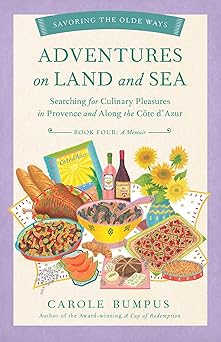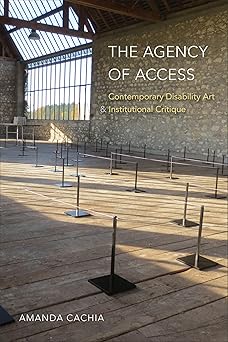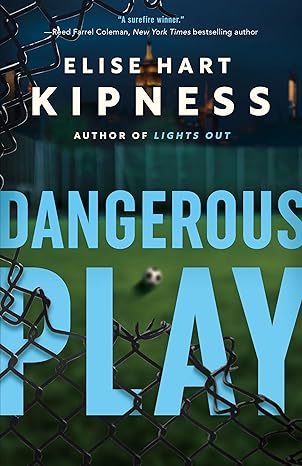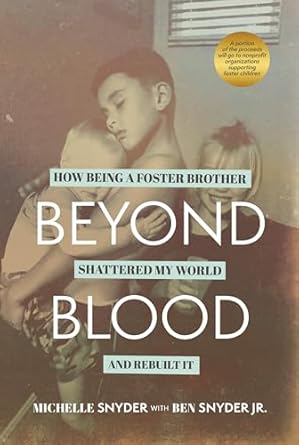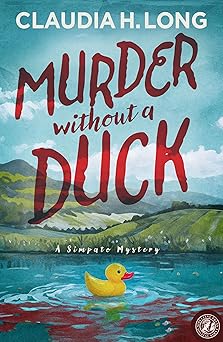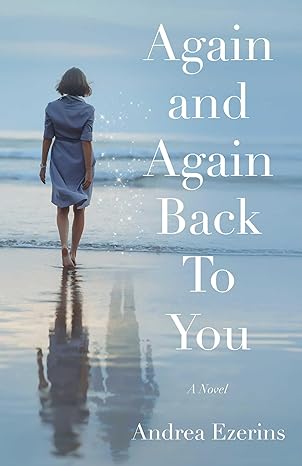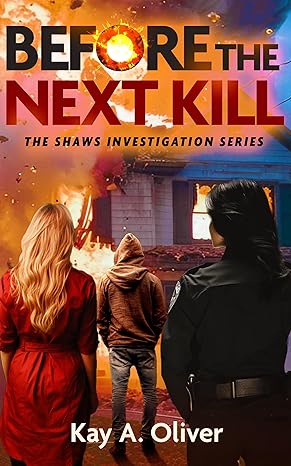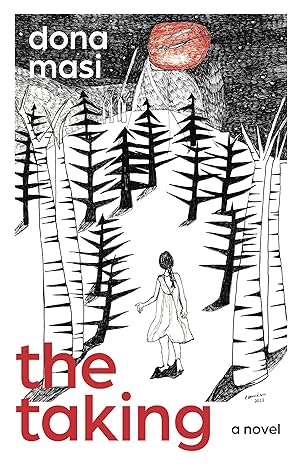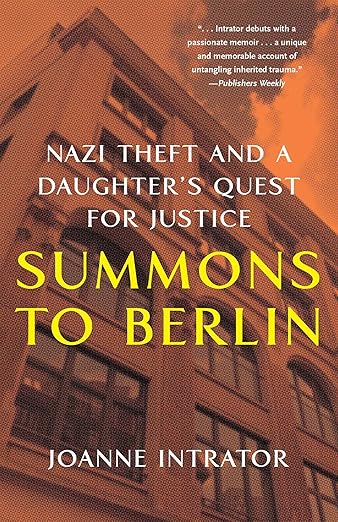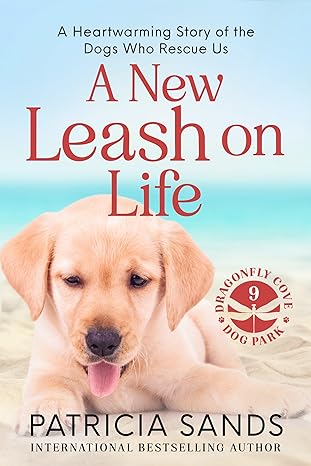Writing Dialogue as two Authors
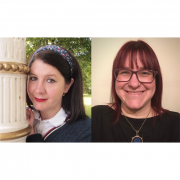 Writing dialogue as two authors: we have a unique approach to our writing as a team, writing in real time together, sharing narrative but never characters. When our characters interact, it’s really two individual authors having a fictional conversation, but how do we make it work?
Writing dialogue as two authors: we have a unique approach to our writing as a team, writing in real time together, sharing narrative but never characters. When our characters interact, it’s really two individual authors having a fictional conversation, but how do we make it work?
Ellie Curzon is the joint pen-name of writers Catherine Curzon and Helen Barrell. They’ve been writing together since 2017. How do they write dialogue together and make it work? Helen Barrell is here to tell us how.
Writing partnerships are unusual in fiction, but not so much in drama and comedy writing. Every writing partnership works differently, as every author has their own quirks. With fiction, some co-writers split jobs to the point that one writer comes up with the plot, while the other does the writing. Others, if they’re writing a novel with more than one point-of-view character, will divide the characters and chapters between each other, and write their chapters separately. In some partnerships, one writer does the first draft, and the other comes in, editing and adding to it. You might find some co-writers who are physically together in the same room, writing together — one of them typing while the other paces the floor.
The last version is closest to how Catherine and I have been writing since 2017, although we’re writing together virtually rather than in the same room. When drama and comedy writers work together, they’re often physically or virtually in the same room too, the “writers’ room” as it’s known. As they’re coming up with scripts, writing dialogue together is easier if they’re all in the same place, and because we write together in a similar way, it really helps us to write realistic dialogue.
Before we start to write, we chat about our ideas and our characters, so that we have a clear idea of our characters in our heads. Often, by the time we start writing, we’ll have a sense of our main characters as living, breathing people. There’s been several occasions where my brain has tricked me and I’ve seen something in a shop which I thought my character would like, and that I must let them know about — only to remember seconds later that I can’t because they’re not actually real!
We divide characters up before we start to write. I write the point-of-view character, while Catherine writes the other main character, and we try to balance things out so that we don’t have scenes where one of us is doing all the writing. This preserves the push-and-pull, give-and-take of our writing style. There are some characters, though, which can’t easily be written by just one of us. For instance, if there’s a character who has a conversation with the point-of-view character, then later has a chat with Catherine’s main character, we have a problem — whoever ends up writing them, we’ll end up with a scene where one of us is talking to ourselves.
So we call these characters “community characters” and we step in to write them depending on who the other character is that they’re in the scene with. To make this work, whoever has come up with the “community character” gives some character notes, and of course, once they’ve been written it should be obvious to the other author how to write them.
When it comes to the practical side of how we write together, we use online collaboration tools. They’re the same ones that became so vital during the lockdowns, although we’ve been using them for several years! It means we can be online in the same document at the same time, which I know some people find odd — they’re not sure they like the idea of someone watching them write and worry it might make them feel self-conscious. Back in 2017, we started writing together in a whirl of excitement, so it was fun to see Catherine’s words appearing on the page in front of me. It never occurred to me to feel uncomfortable that she was watching me type.
The fact that we’re online at the same time, in the same document, means that the conversations we write between our characters are as real-time as you can get while typing. Added to that is the feeling of realness that we have about our characters, which makes the dialogue feel authentic for those characters. By that point, we know instinctively how that character speaks and what sort of words they use. We might even “hear” them in our heads giving a commentary on what we’re doing in our day-to-day lives, and pop up in dreams as well. When one of us has our character ask a question, the other replies, and because it’s another person replying it feels more authentically like two different people talking — because it is!
It makes the dialogue realistic, as well as lively, but without the joins being visible. To be honest, we can’t always see the joins either. We’ll look back at a novel and not be able to remember or to tell who wrote a particular section of text. If it involves a “community character”, we won’t remember who wrote them in a particular scene, and can’t see any differences between the way each of us has written them!
So we really hope that when you sit down to read our Ellie Curzon novels, or listen to the audiobooks of them on the bus, you’ll be drawn into our world where the characters have realistic conversations — and that you won’t be able to see the joins either.
—
Ellie Curzon is the pen name of Catherine Curzon and Helen Barrell. Catherine and Helen began writing together in the spring of 2017 and swiftly discovered a shared love of the past and a uniquely British sort of story. They drink gallons of tea, spend hours discussing the importance of good tailoring and are never at a loss for a bit of derring-do.
Catherine Curzon is an author and historian of old Hollywood and even older royalty. In addition to a series of eighteenth century biographies and a sell-out play, she has written extensively for a number of international publications, and has spoken at venues and events across the United Kingdom. Catherine lives in a haze of Dean Martin atop a steep Yorkshire hill, with a rakish gentleman and a very woolly dog.
Helen Barrell has written two books on Victorian crime, and has appeared on BBC1 and Radio 4. She loves researching family history and rummaging in libraries and archives. Originally from the south-east of England, Helen now lives somewhere in the Midlands with a large ginger cat, who resembles a Viking, and a well-stocked 1960’s cocktail bar.
THE RATION BOOK BABY
 England, 1940. Opening the box with trembling hands, she couldn’t believe it – a tiny baby lay inside. She gently lifted the newborn as it started to cry. Cradling the little one to her chest, she searched the darkness for any sign of whoever left it here. And as she rocked the child, something fluttered to the ground… a ration book.
England, 1940. Opening the box with trembling hands, she couldn’t believe it – a tiny baby lay inside. She gently lifted the newborn as it started to cry. Cradling the little one to her chest, she searched the darkness for any sign of whoever left it here. And as she rocked the child, something fluttered to the ground… a ration book.
Nurse Annie Russell anxiously listens to the terrifying sounds of planes and gunfire overhead, worried about what the morning will bring for the patients in her care. The boys from the local airfield fly up in the skies each night, risking their lives to protect the people of Bramble Heath village, but they can’t stop every bombshell. Until a knock at the door makes her jump.
Awaiting Annie on the doorstep is a hatbox. Peeking under the lid, she gasps – inside is a whimpering newborn, round cheeks glistening with tears. The poor little thing may be all alone, but someone must truly love the baby… Tucked into a hand-knitted blanket, there’s a precious ration book, vital for food supplies in these darkest of days.
Her heart breaking, Annie does everything she can to care for her tiny charge. But, without a ration book, she knows that the frightened young mother could also be in dire need of help too. Then social services bring devastating news. If Annie can’t find the helpless child’s family soon, the authorities will have to take the little one away.
As the Nazi threat grows, more and more of the brave pilots at the local airbase don’t come home. Is one of the fallen the child’s father? And with her only clue leading nowhere, can Annie find the answers she needs, and reunite the innocent baby with its parents before it is too late?
BUY HERE
Category: How To and Tips






